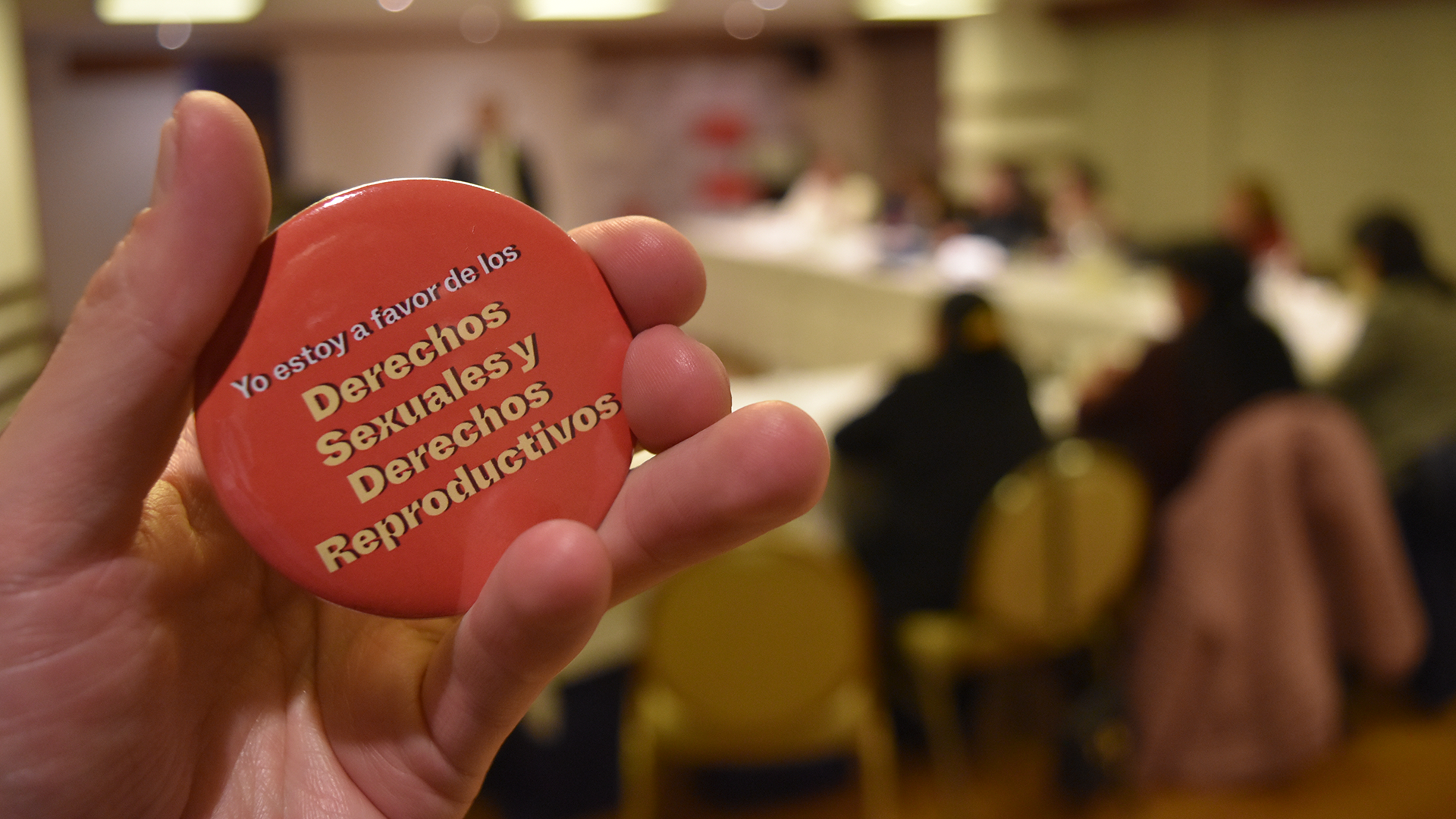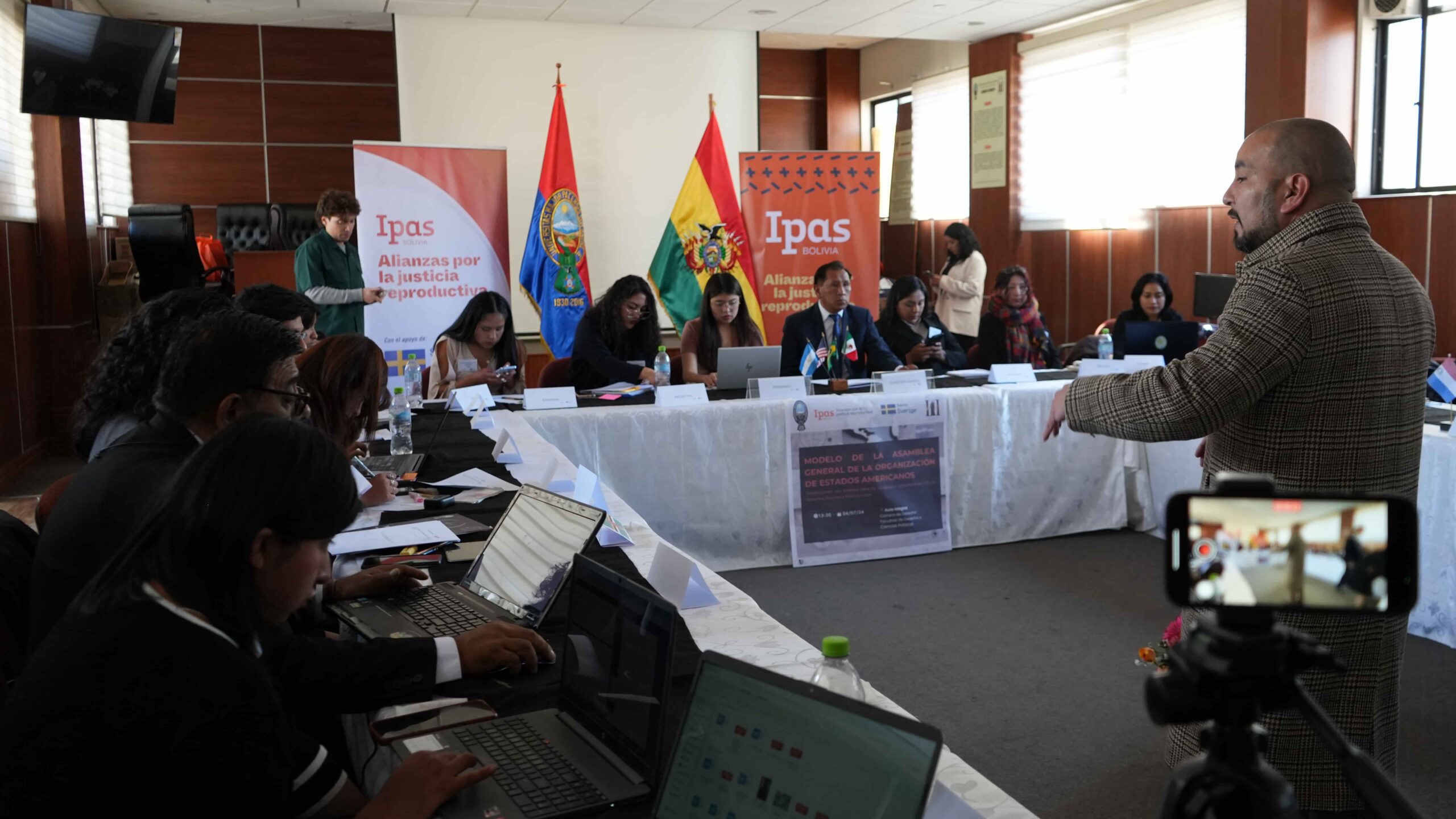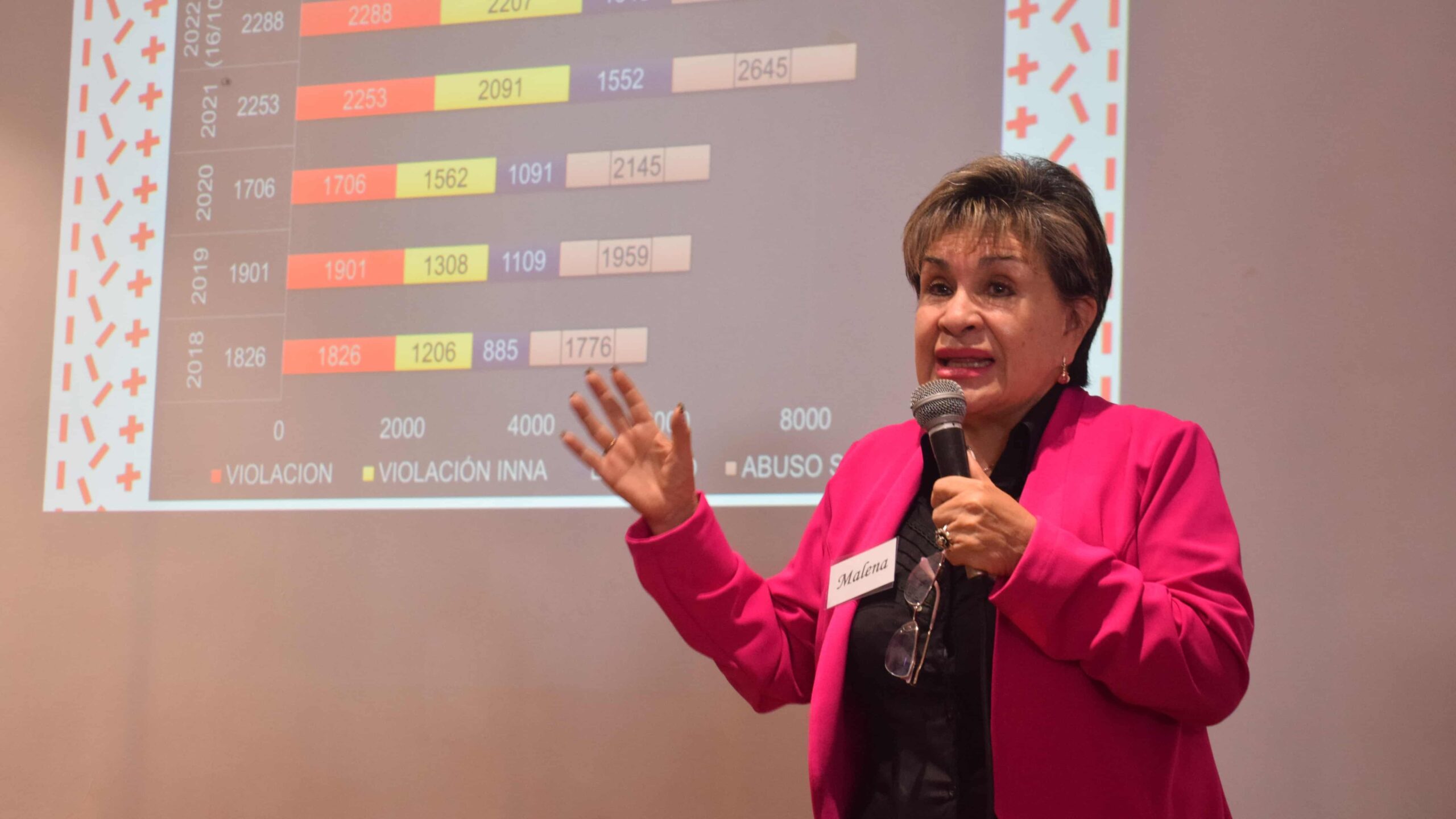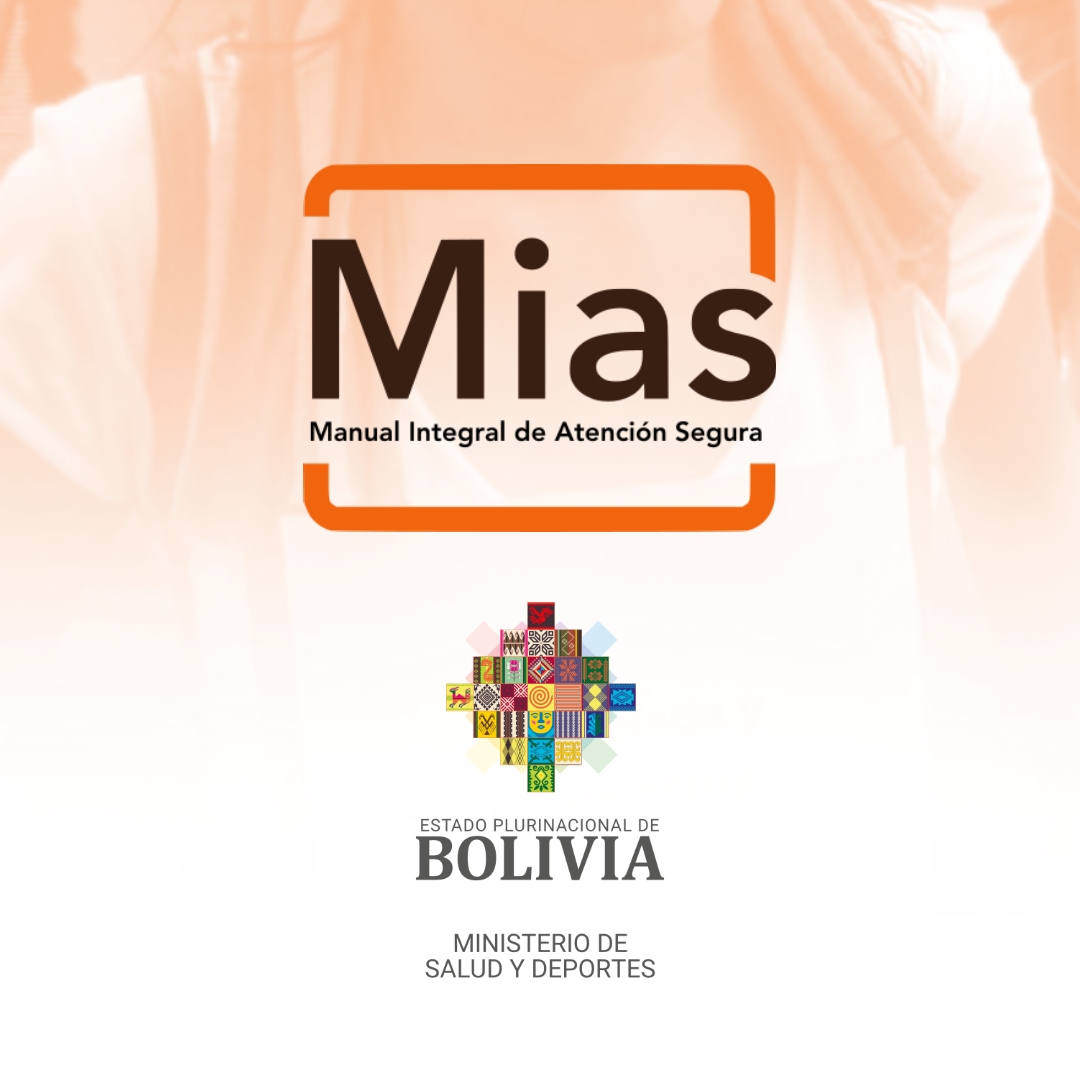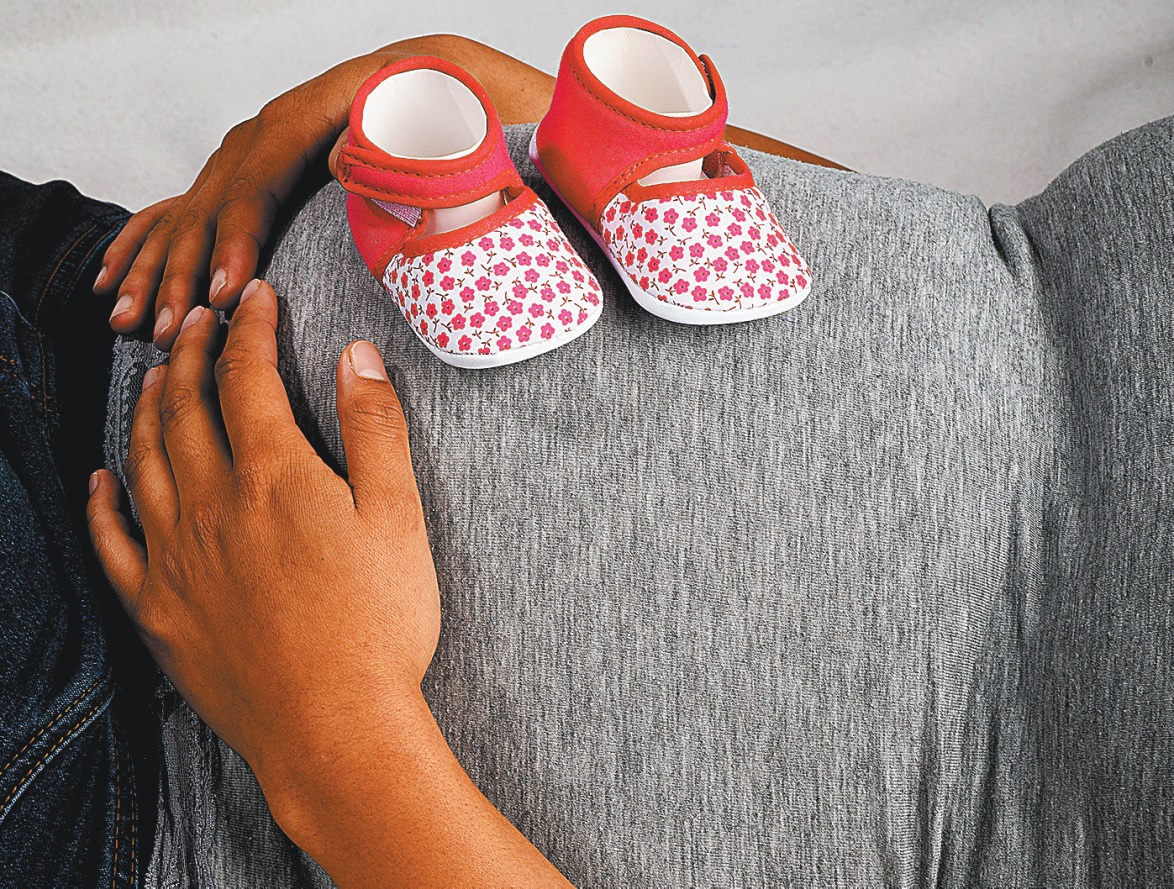By Erika Ibáñez
The fertility rate of adolescents between 15 and 19 years of age in Bolivia is almost double the average for the Americas, according to the Basic Indicators portal of the Pan American Health Organization (PAHO).
And although the Plurinational State is making great efforts to reduce these figures, the gap, compared to other countries in the region, is still large.
The figures presented by PAHO’s Basic Indicators portal are estimates based on official data from each country and are important because they offer a parameter of the reality of each nation regarding this problem.
The latest data on the fertility rate for the Americas, as of 2023, indicates that it reaches 36.9; that is, there are 36 pregnant adolescents per 1,000 women.
That same rate in Bolivia, according to records of the latest demographic and health survey of the National Institute of Statistics (INE) as of 2016, reaches 71 (meaning that there are 71 pregnant adolescents per 1,000 women).
Gustavo Tapia Terán, program analyst in Quality of Care and Services of the United Nations Population Fund (UNFPA), explained to La Razón that the Ministry of Health records and the INE sample surveys should be considered as official data; however, the estimates presented by PAHO or other international entities are an important parameter to know the situation at the global, continental and regional levels.
“The 2016 INE demographic survey says that the fertility rate in Bolivia in adolescents is at 71 per 1,000 women. Bolivia is above the Americas and the Caribbean. The average in the Americas is 36.9. It (Bolivia’s rate) is still high, but efforts are being made and this is reflected in the administrative data,” Tapia explained.
At a more specific level, PAHO indicators indicate that Bolivia is part of the Andean zone, together with Colombia, Ecuador, Peru and Venezuela. In this region, the adolescent fertility rate is 62.6, even lower than that of Bolivia.
Other countries in the region, such as Argentina, Chile, Paraguay and Uruguay, are in the Southern Cone group and have a lower rate of 35.6. In this case, these countries have very strong policies to combat this problem and their efforts are bearing fruit.
“We cannot speak of bad or good because they are values, it is difficult to make an assessment, but it is high. This reflects the persistence of the problem of unintended pregnancy in adolescence.
If we compare between regions there are differences, in Africa the average is over 100, much higher, in Europe it is lower.”
CAUSES.
Tapia explains that there are several causes that deepen this problem. Poverty is one of the main ones.
“Bolivia has made great progress in reducing poverty gaps, but it is still a challenge. Adolescent mothers or pregnant adolescents enter a cycle of exclusion and poverty because they have access to lower paying jobs than those who have postponed motherhood beyond the age of 20, they have better job options. Pregnant adolescents enter jobs without social benefits, where the remuneration is much lower, it is a cycle of poverty and exclusion”, she emphasized.
Lack of access to essential sexual and reproductive health and rights services, modern contraception, and sex education in and out of the classroom also play a role.
However, a very recurrent problem that requires more work on the part of the authorities and society is gender equality.
In Bolivia, explains the UNFPA expert, patriarchy or macho practices still persist.
Especially in rural, remote areas, women cannot decide about their sexuality, about the use of modern contraceptive methods, about whether or not to have children or when to have them.
“This machismo restricts women’s capacity for autonomy over their bodies and sexuality.
COMPLETE NOTE IN LA RAZÓN

